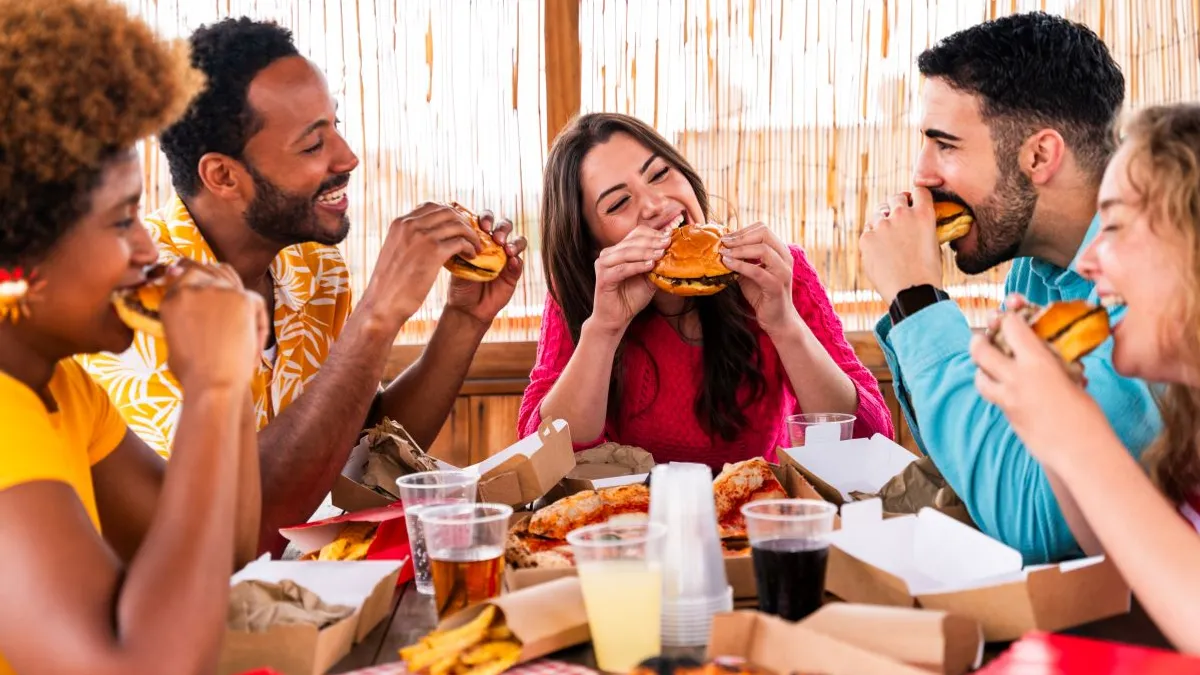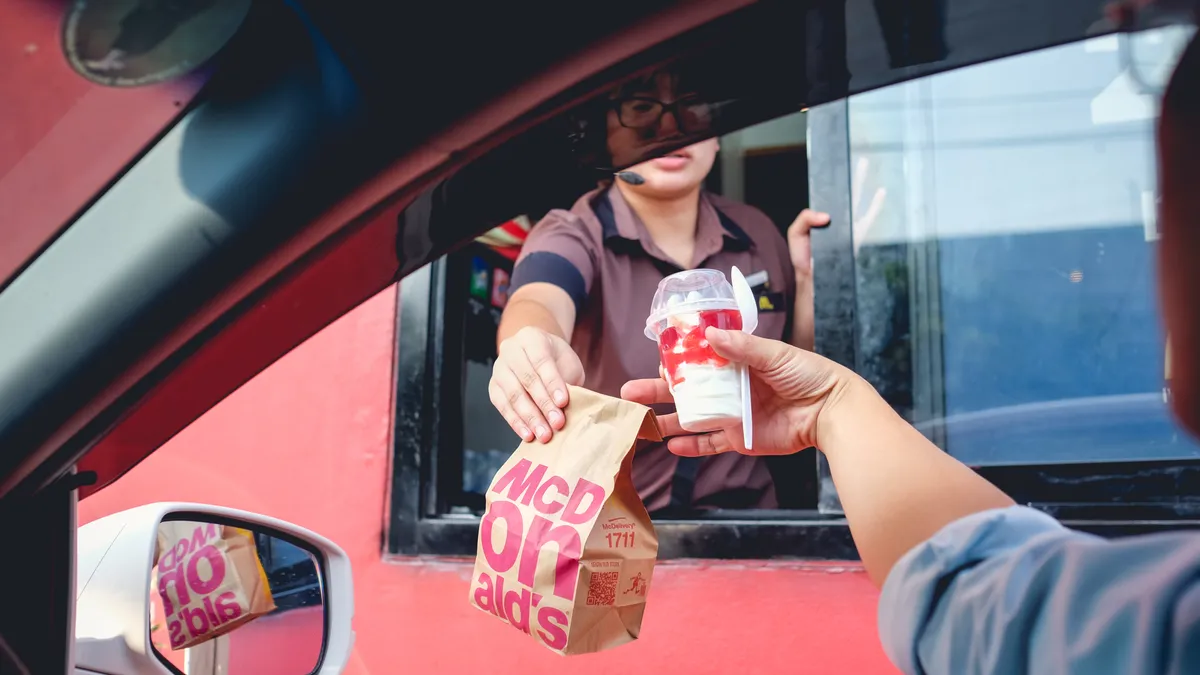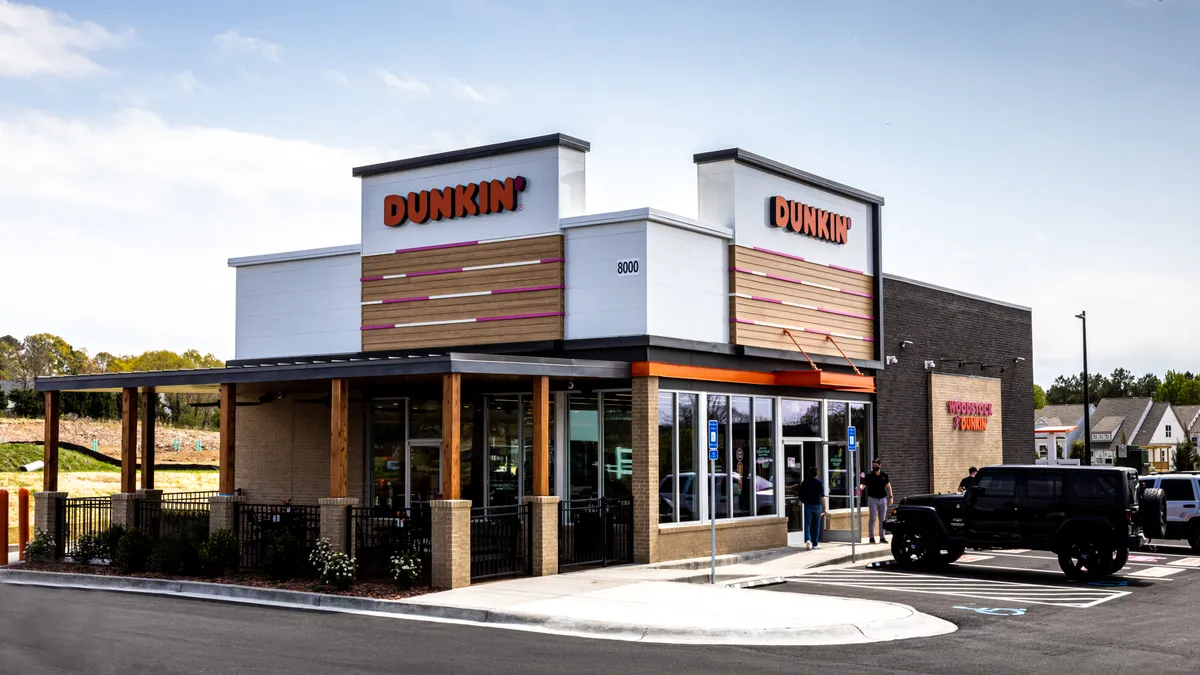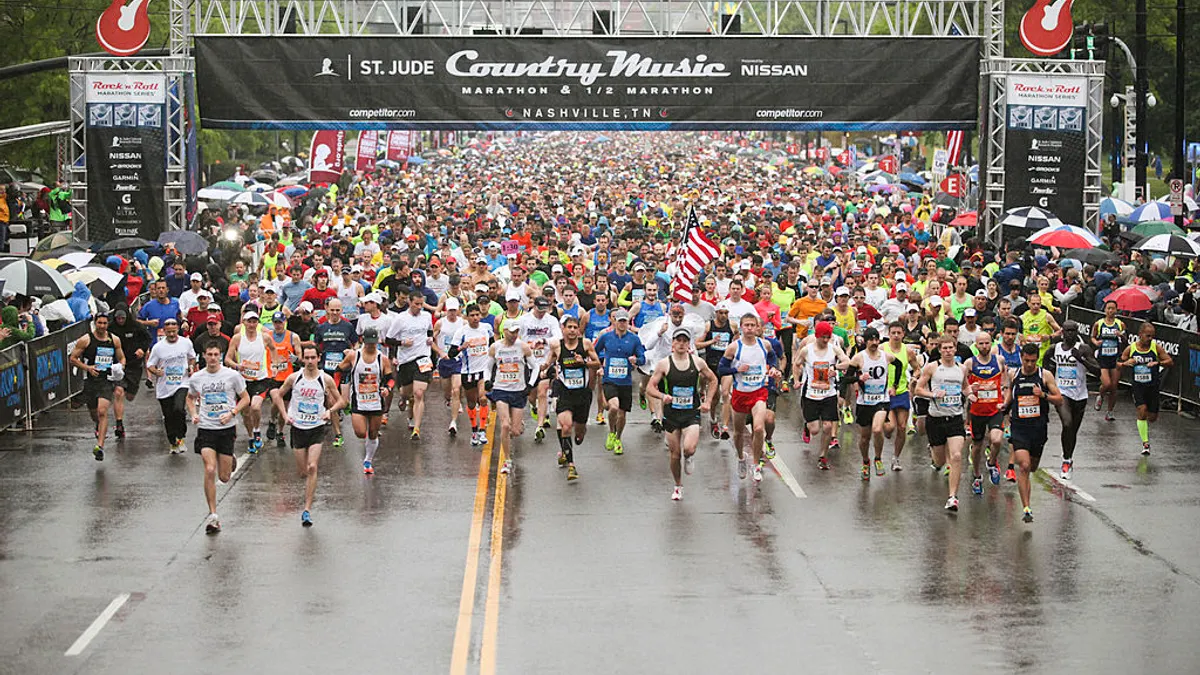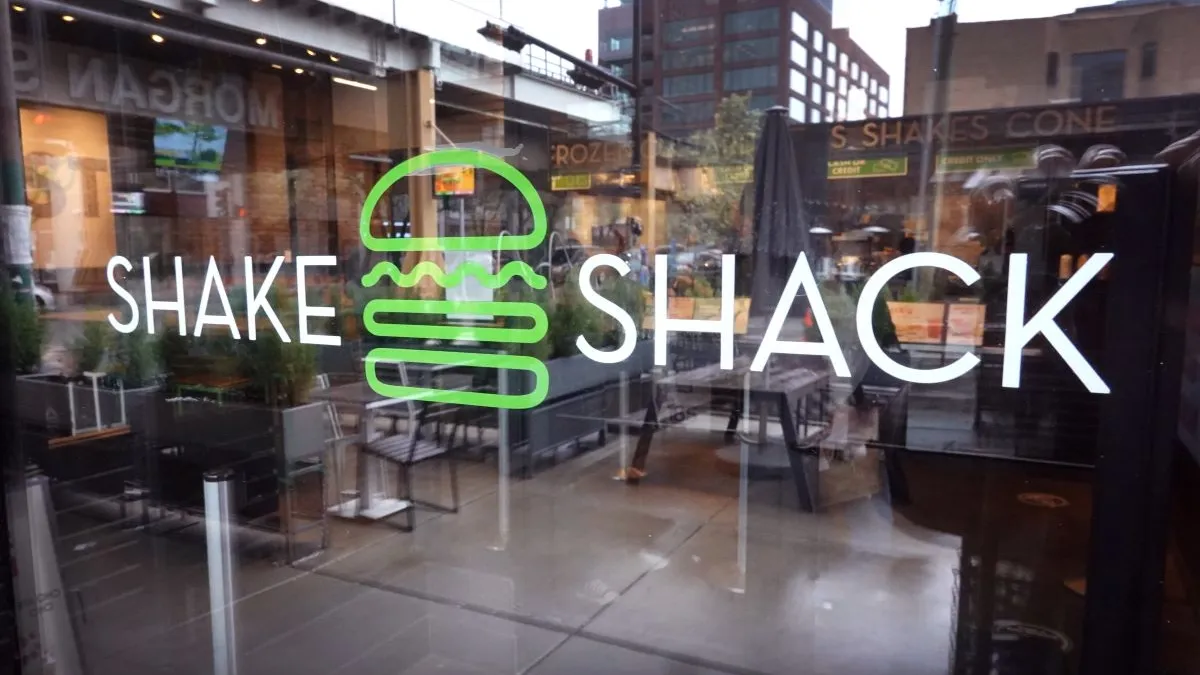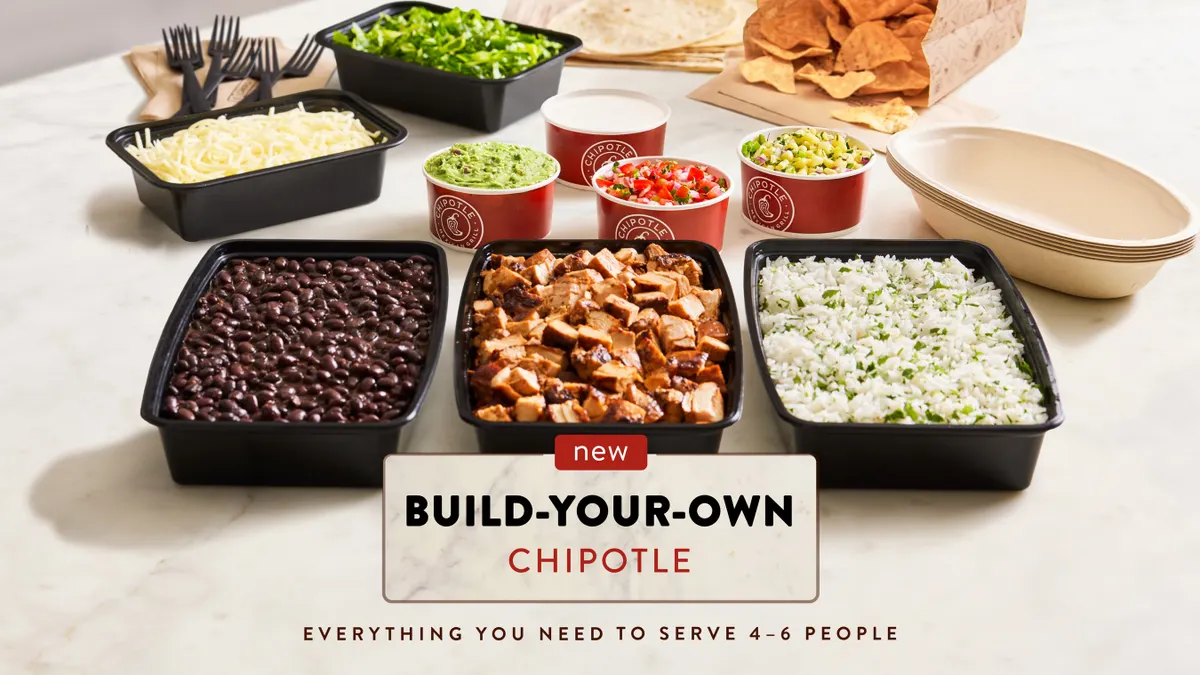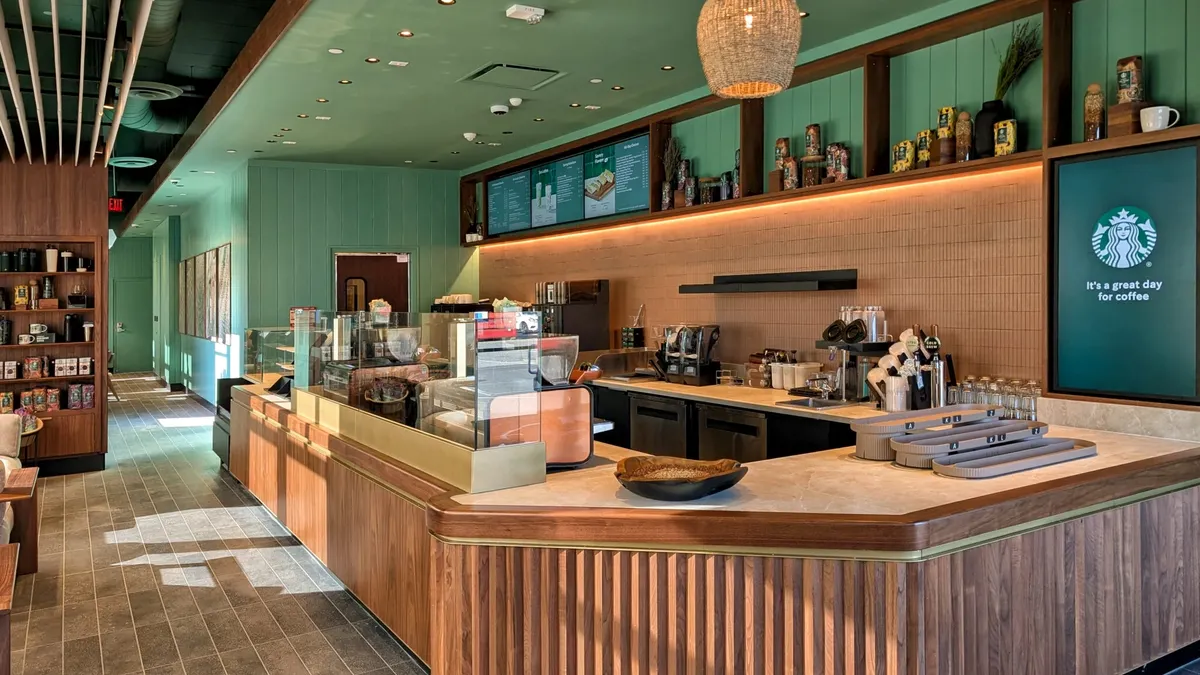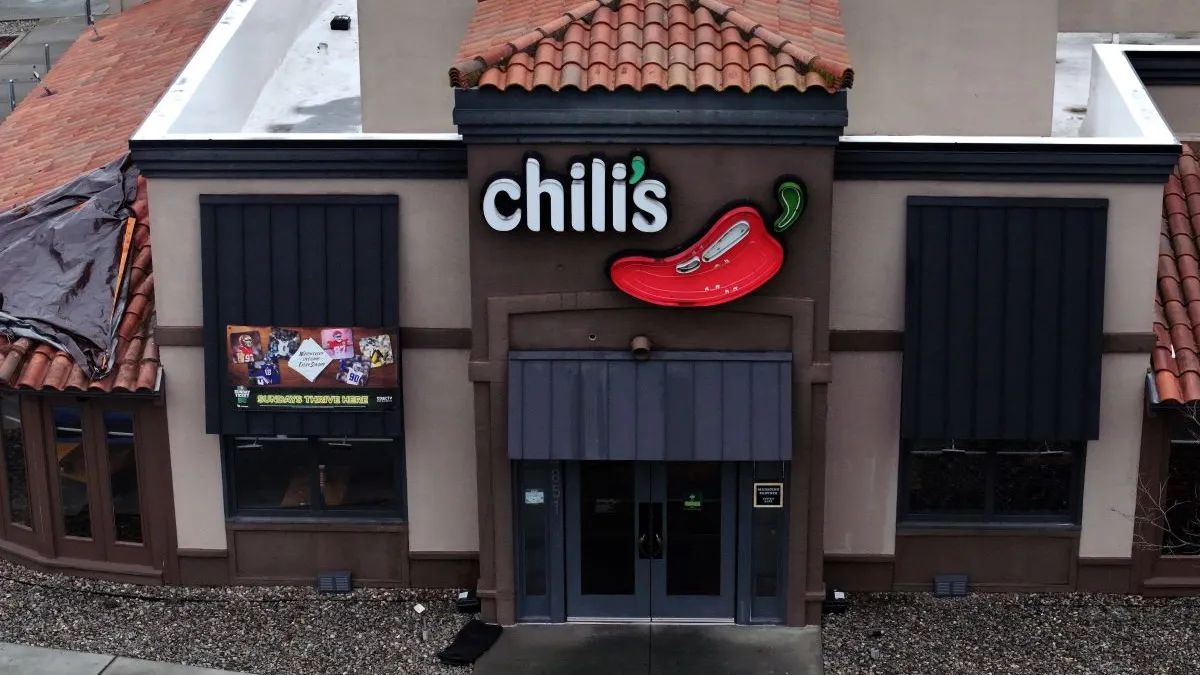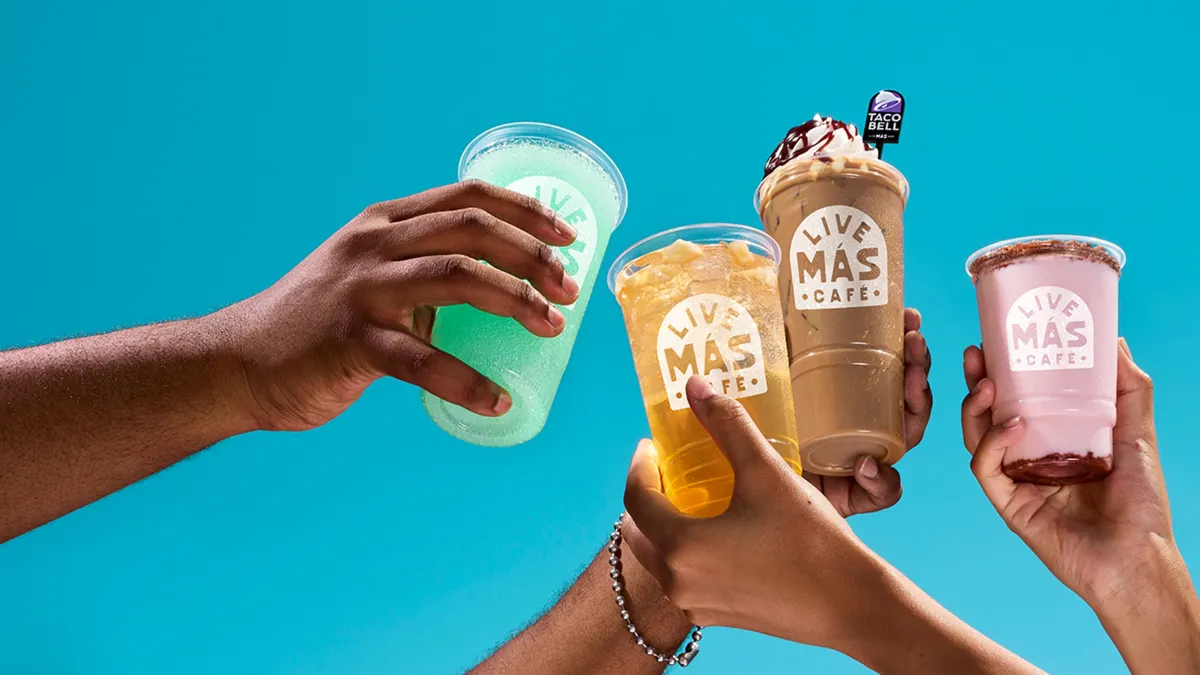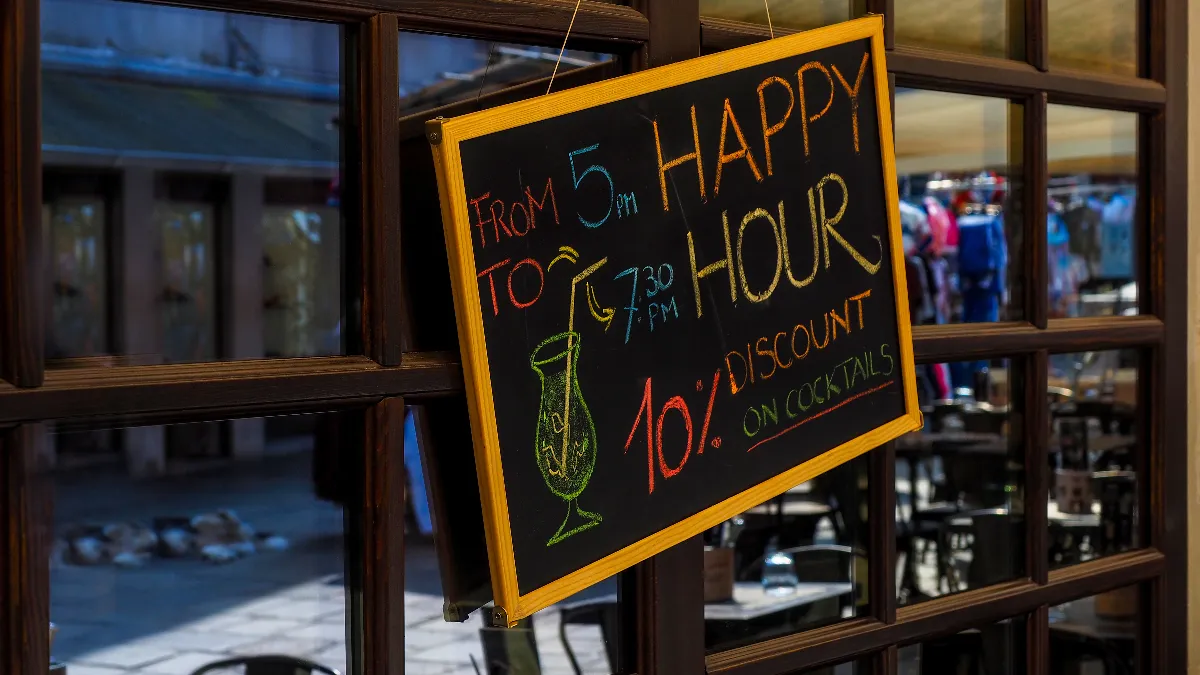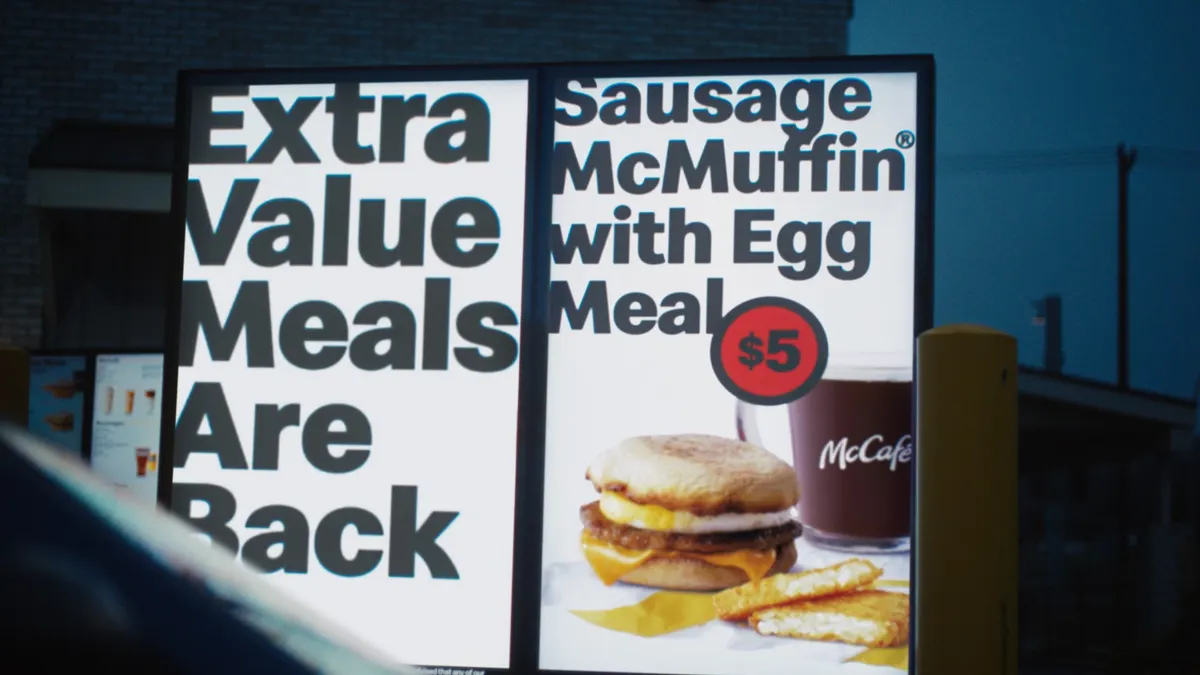The past two years have been tough for restaurants, with challenges ranging from rising food and labor costs to elevated interest rates and scarce capital. While many of these conditions are expected to persist in 2025, industry experts have expressed optimism about the new year.
“Inflation has been a constraint for a lot of consumers, but we see the industry turning a corner there,” said Victor Fernandez, Black Box Intelligence’s chief insight officer.
Both consumers and operators appear to be more positive about 2025’s prospects. Diners feel like inflation is coming under control, Fernandez said, and Bureau of Labor Statistics metrics indicate price increases have slowed significantly since 2022. While there won’t likely be a significant drop in menu prices, consumers have adjusted to the current cost of dining out, Fernandez said.
Experts predict that there will be strong access to capital and investment from private equity with as interest rates decline and macroeconomic conditions improve — a dynamic that could lead to more mergers and acquisitions. Brands will likely invest more in technology that will boost efficiency and decrease overall costs, experts shared.
Closures will also likely to continue into next year as tired and irrelevant restaurant brands face difficulties, said Dan Rowe, CEO and founder of Fransmart.
“All that does is increase the supply and demand in favor of the people that are still standing,” Rowe said, adding that fast casual brands like Cava, Sweetgreen and Chipotle will continue to outperform.
Here are the top trends that experts think will impact the restaurant segment this year.
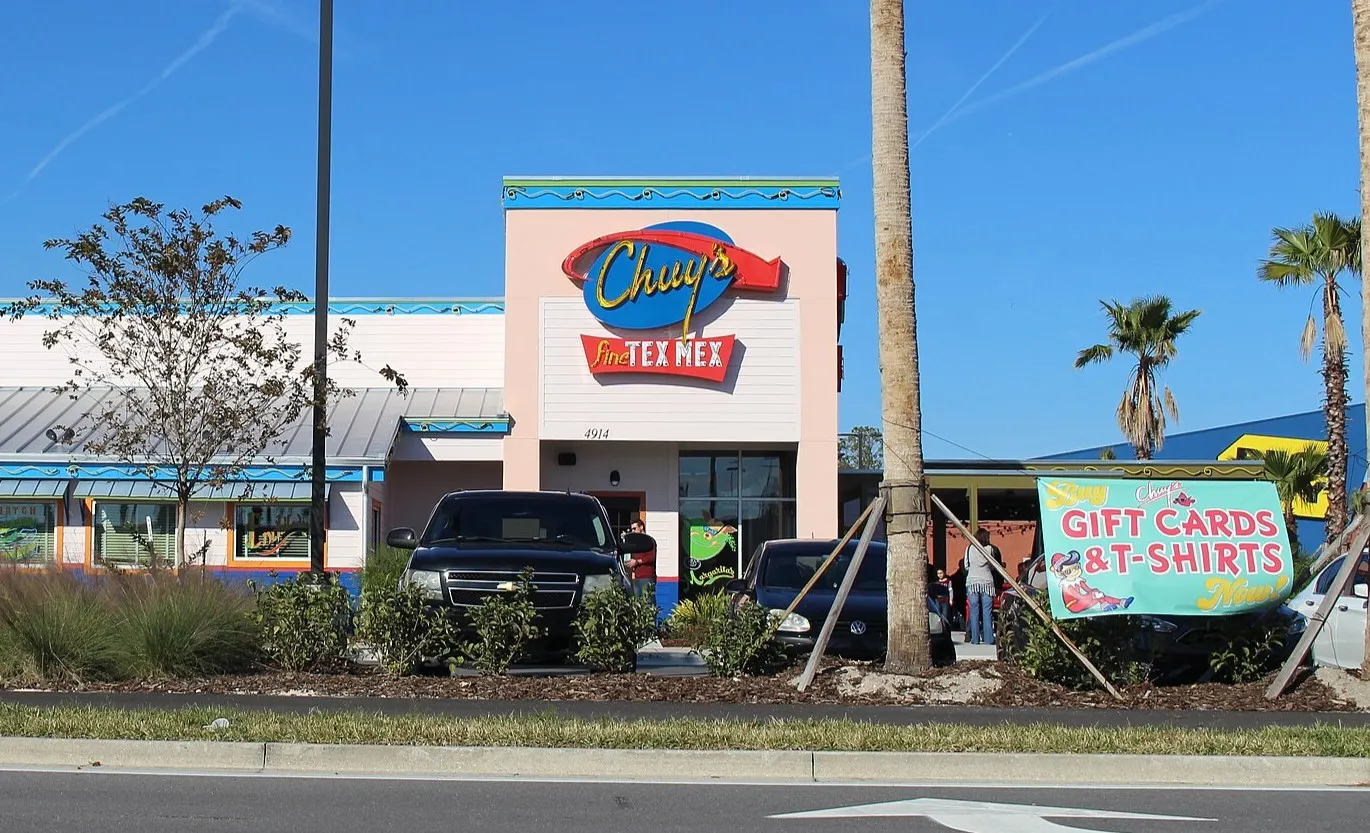
Restaurant M&A will increase
Experts said there will likely be more mergers and acquisitions and more available capital in 2025. Companies that have been sitting on the sidelines will put their capital to use, especially with interest rates falling, said Brad Sandler, a partner at the bankruptcy and restructuring law firm Pachulski Stang Ziehl & Jones.
Private equity firms and hedge funds may feel pressure to put their cash reserves to use, which could lead to more funding for restaurants, Sandler said. And more bankers want to take companies public, because brands like Cava and Sweetgreen that recently went public have been performing so well, Rowe said.
Lenders also feel safer about lending to restaurants because some brands have been performing better lately, Rowe said.
“All of a sudden people are willing to lend,” Rowe said. “I think 2025 is going to be an absolute land grab.”
Franchisee access to debt will allow them to finance growth with non-competing brands. Many operators have built out their territories with a particular brand and want to keep expanding their footprints with a non-competing brand that has promising whitespace, Rowe said.
“It’s going to be a big year next year [for] selling franchises,” he said.
Many franchisees have some level of debt either from M&A, reimaging or building new stores, said Mark Wasilefsky, head of the restaurant franchise finance group at TD Bank.
“I think there’s going to be lots of opportunity for M&A to pick up in 2025 and 2026,” Wasilefsky said.
Ab Igram, executive director of the Tariq Farid Franchising Institute at Babson College, struck a cautionary note: “Acquirers, private equity firms, investors will continue to be selective.” There may be more opportunities for tuck-in transactions, or smaller transactions within brands or franchisees acquiring other franchisees, but he doesn’t expect a big boom of transactions because of continued selectivity.
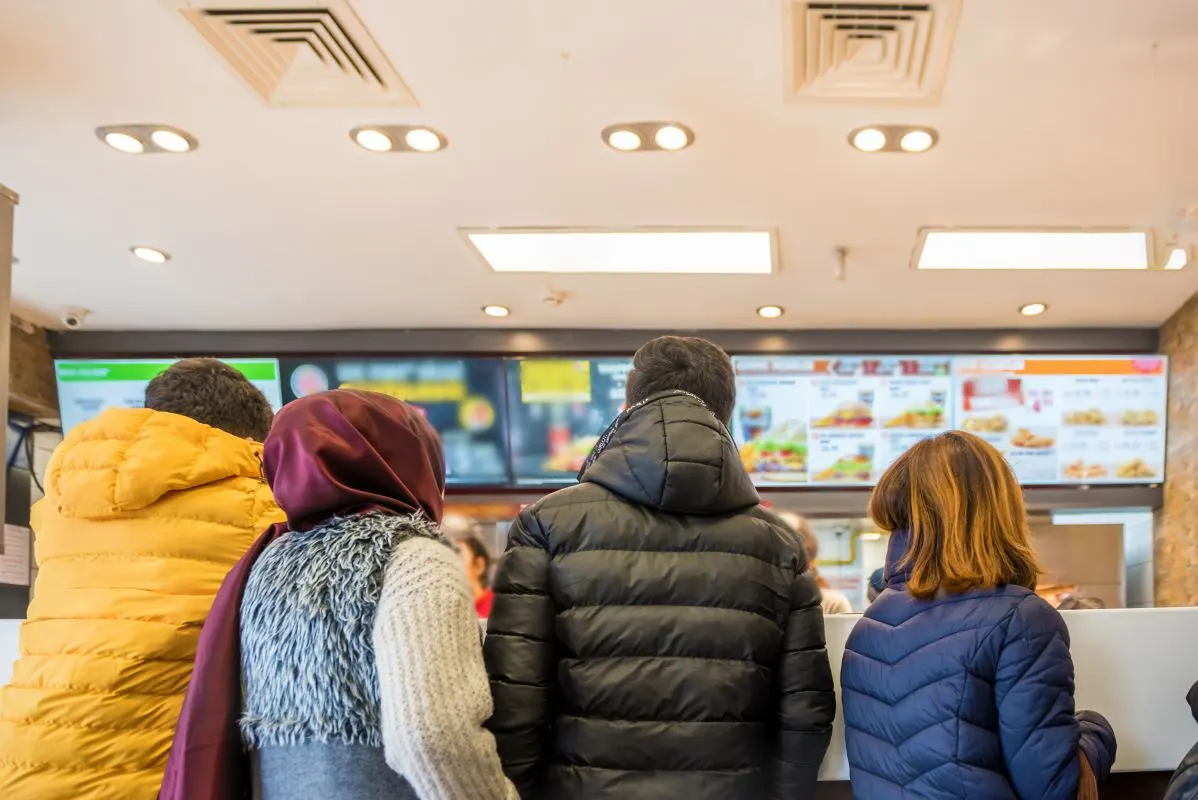
Consumer demand should pick up
While many consumers balked at high restaurant prices this year, underlying consumer demand is still strong, Sandler said.
“Consumers right now are spending like drunken sailors,” Sandler said. Across the board, he said, consumer spending is up year-over-year, and barring major shifts in the macroeconomy, that’s unlikely to change. If wages continue growing, consumer-facing industries are well positioned to absorb new demand.
But, Igram said, consumers have become more choosy in their purchasing patterns, even if dollar spending is up in absolute terms.
“Consumers are being much more selective, at least with respect to restaurants, in terms of occasions and frequency,” Igram said.
Consumers are still willing to pay a premium for fresh, good-tasting food at restaurants, said Isaac Gerber, Captify’s global head of data science and insights.
“There's this big narrative out there that customers are weary of food [prices] going up more and more, and we do see that in other cases. We don't see it for restaurants,” Gerber said.
Brett Schulman, CEO at Cava, said brands that can offer a holistic value proposition — combining prices, portions and flavors attuned to shifting sentiments — will be more successful than those dependent purely on pricing.
“You can't discount your way to prosperity, and that's why I think you haven't seen such great traction with a lot of the promotional activity that's gone on in QSR,” Schulman said.
Jeffrey Pielusko, a managing director at Carl Marks Advisors, said that pricing would still be a key competitive factor in 2025.
“Winners will likely include QSR and fast-casual brands that can remain competitive on pricing without sacrificing the customer experience,” he said in an email. “Full-service brands that are less price competitive, will need to provide a unique well executed experience, as their consumer base is likely to continue to shrink.”
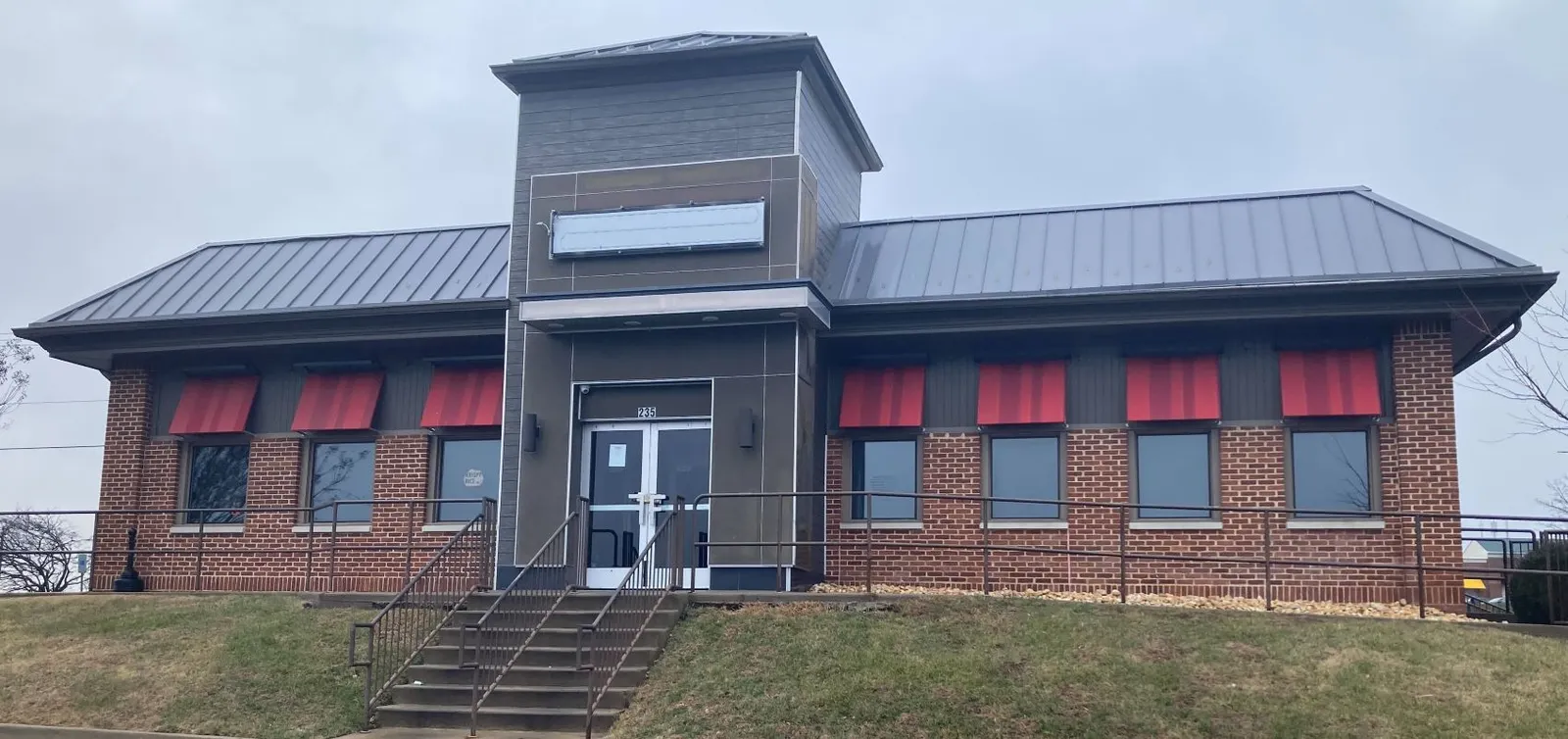
Bankruptcies will continue, but may slow
2024 saw a flood of restaurant bankruptcies, ranging from small fast casual brands to giant full-service chains. Sandler said that while some chains are still likely to file for bankruptcy in 2025, the industry has reason to be optimistic.
“I don't think we're going to see a massive wave of restaurant filings over the next year,” Sandler said.
Igram agreed, saying that over-leveraged or low-performing brands may go bankrupt, but the pace of the filings depends on the individual performance of companies.
Strong, relevant brands with competent management teams will find it easier to recover from sales troubles as private equity firms and investors warm up to the restaurant sector.
“High valuations, high leverage and high cost of capital drove bankruptcies at brands with pressure margins,” Wasilefsky said
Olo CEO Noah Glass said an over-reliance on third-party marketplaces could weaken brands by forcing them to pay high commissions.
“You could be 50% digital all from third-party marketplaces, and you are on the fast track to bankruptcy,” Glass said. “Because you're paying out all of your profits in commissions.”
Glass also said he was concerned that value wars could damage brands by eroding profitable transactions, leaving operators vulnerable even if traffic numbers recover.
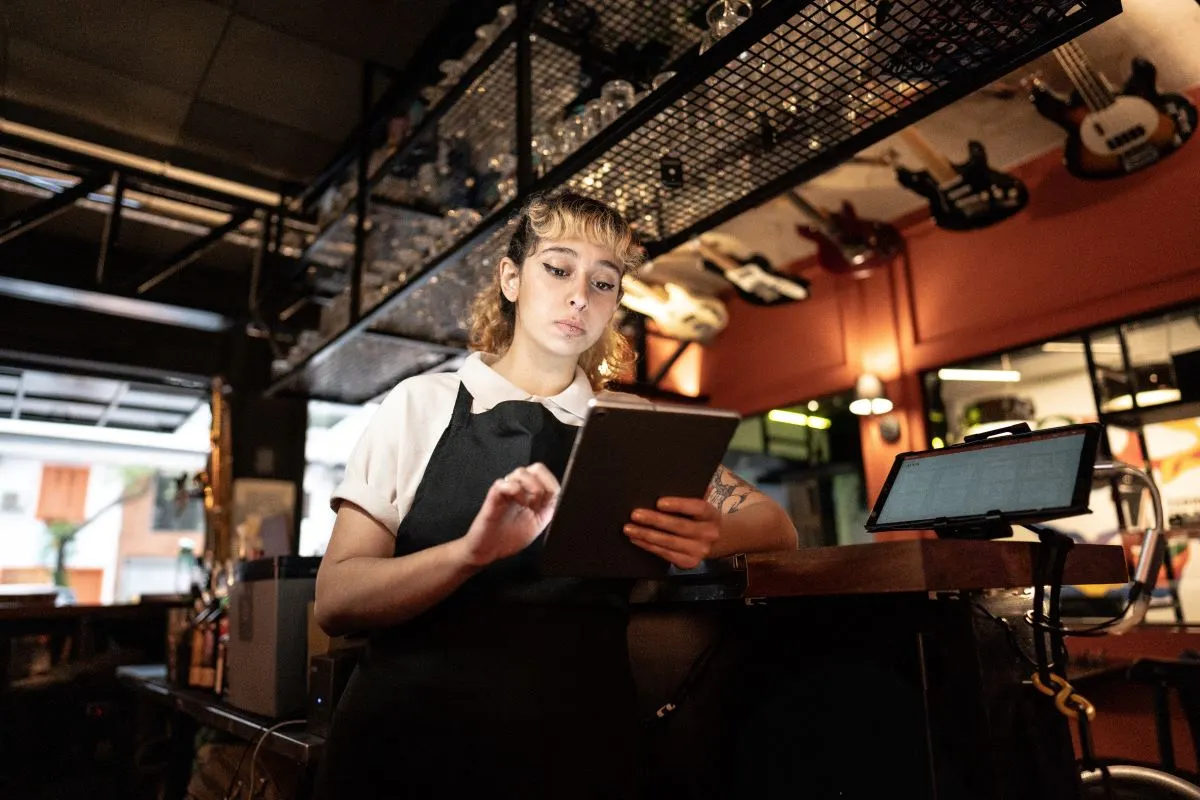
More restaurants are willing to adopt automated back-of-house technology
The cost of business remains high, so restaurants will focus on using technology to better manage their back of house and still be profitable, experts said.
Forty-three percent of respondents to TD Bank’s November survey said they believe using AI to analyze customer data and predict market shifts will have the greatest impact, while 34% believe automation of administrative tasks that let restaurant managers spend more time with employees will have the most significant effect.
“Restaurants are making more efficient use of technology, including self-order kiosks, QR code menus, reservations platforms, smart ovens and grills, and inventory management software to increase flexibility and productivity to address labor challenges and retention issues,” Pielusko said in an email.
Much of the automation being deployed is unlikely to be seen by the consumer, Walifskey said.
He expects to see an increase in targeted marketing and special deals that are more specific to the consumer. Back of house AI is also getting more adept, and there are now tools that can monitor the cost of goods and notify managers that the cost of a particular ingredient is going up and suggest actions like finding a new supplier or not selling a costly product, said Bryan Solar, SpotOn’s chief product officer. It can also suggest changing staffing levels and other cost management items that consumers are unlikely to notice, he said.
“While it’s going to be buried [in the back of house], [AI will] probably have an influence as far as same-store sales performance next year being flat or maybe above what they were the prior year,” Walifskey said.
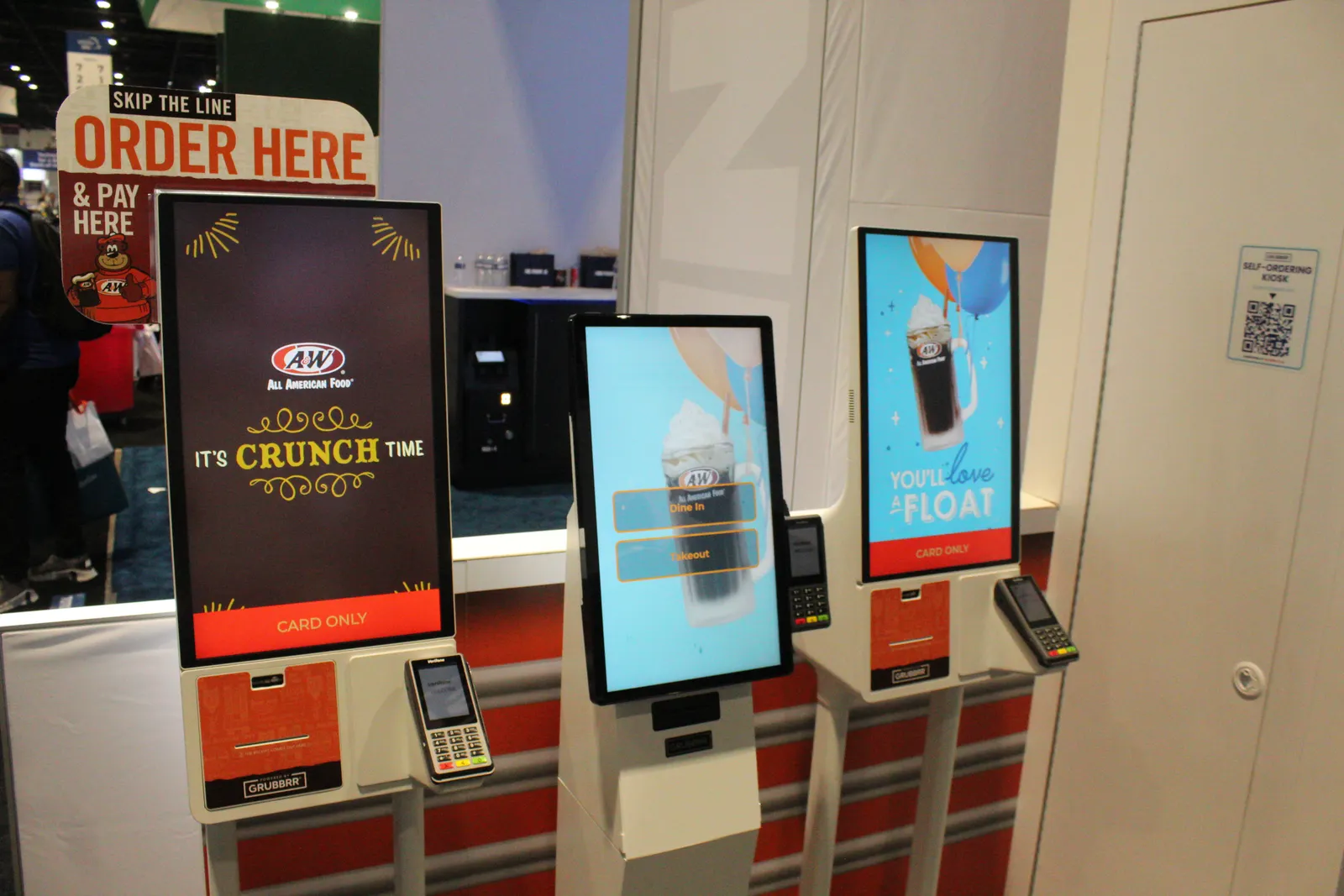
Brands will adopt more digital consumer-facing tech
Over the past 18 months, kiosk adoption has risen, coinciding with regulatory shifts in minimum wage laws, like California’s FAST Act, Solar said. Kiosks can upsell more consistently than their human counterparts, and as a result brands like El Pollo Loco, Shake Shack, Taco Bell, Bojangles and KFC have all been deploying the technology.
“That will continue to be a trend, and I expect that in the next 12 to 24 months, we're going to see that become a much, much more personalized and adjustable experience,” Solar said. For example, SpotOn is looking into using AI to personalize upsells based on data of consumer behavior within kiosks.
Kiosks could even be used in full-service environments. Solar said he recently went to a Cleveland restaurant where customers ordered up front through a person or kiosk, received a number and then sat down. A full-service wait staff then ferried orders and handled requests in the dining room. Kiosks could help turn tables faster and decrease guest wait times, he said.
In TD Bank’s survey, 36% of respondents said they expect restaurants and franchisees will invest in digital platforms, mobile apps and online ordering to improve the customer experience.
“You have value meals driving traffic, but you also have technology driving traffic,” Walifskey said.
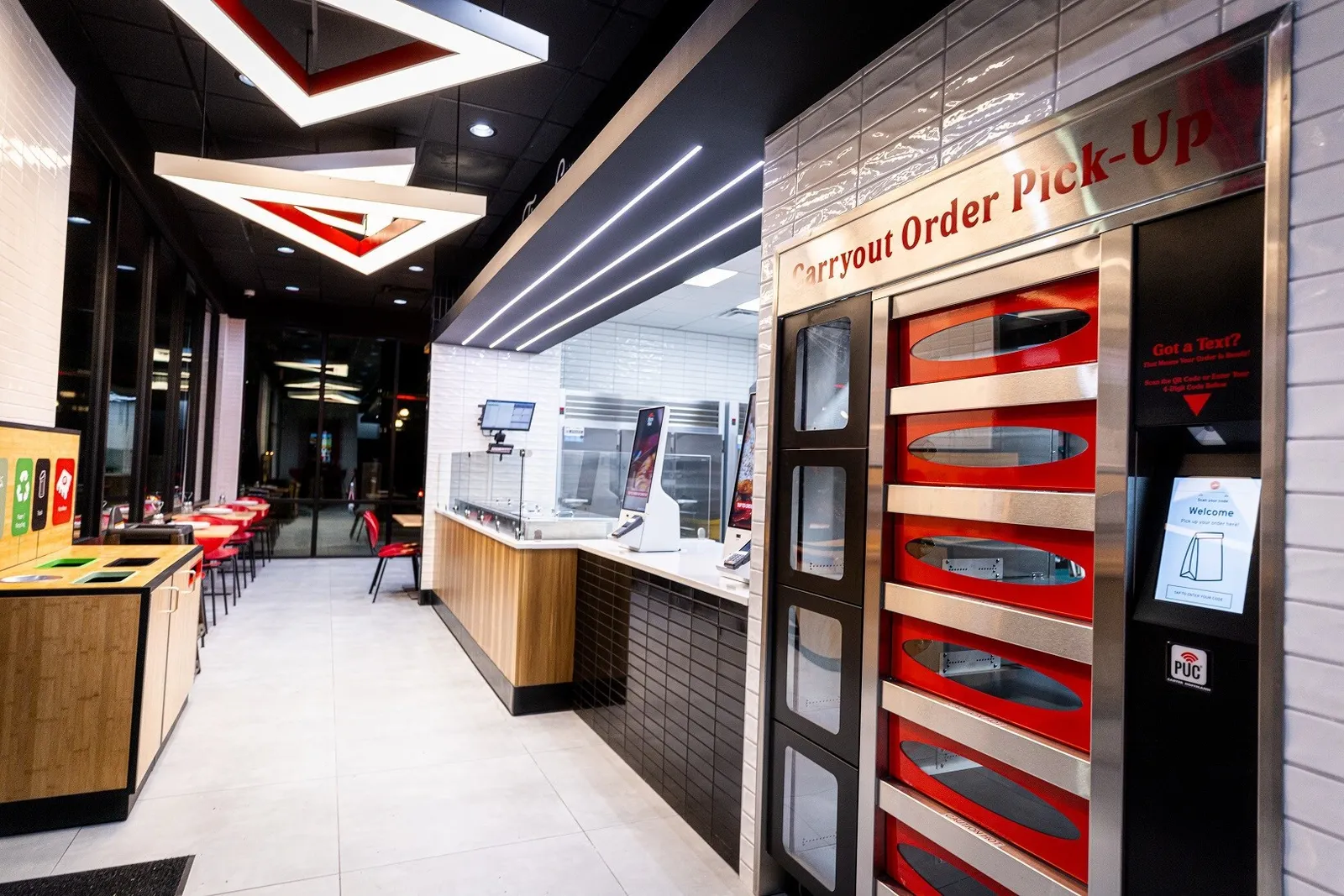
Restaurants will focus more on customer service and in-store experiences
In 2025, brands will opt for a more inviting in-store experience to cater to a desire for experiential dining, or to impress consumers with hospitality in addition to convenience, Igram said.
“Today's consumer, across demographics, is expecting more of an experience,” Igram said.
Starbucks is already taking steps in that direction. Under new CEO Brian Niccol, the chain will bring back coffee condiment bars and ceramic mugs for in-store orders. Pizza Hut also recently announced a new store prototype with in-store experiential features, like a pizza station where consumers can watch their pies get prepared. Even Subway’s latest prototype has lighter, warmer colors and a more welcoming feel.
Cava is taking a similar approach and wants to make its stores more comfortable through lessons learned at its Project Soul test stores. This is driven in part by decreasing social connection and the rise of digital interfaces, Schulman said.
“Consumers feel that void, and I think they're gravitating to brands that can deliver that human connection,” Schulman said.
Potbelly CEO Bob Wright said in-store experiences become part of a brand’s value proposition, which the fast casual brand tries to cultivate.
“There are a lot of places where you can get a sandwich fast, but a place like Potbelly is also a cool place to sit down, and it's a cool place to call your friends and say, ‘Hey, meet me at Potbelly,’” Wright said.
Glass noted that only about 27% of transactions across all restaurants are on-premise orders, so there’s room for concepts to balance off-premise channels and on-premise experiences or to emphasize hospitality with off-premise orders.
“You have to do a lot of things well, and you have to really separate out those experiences and let the guest determine which experience they want,” Glass said.
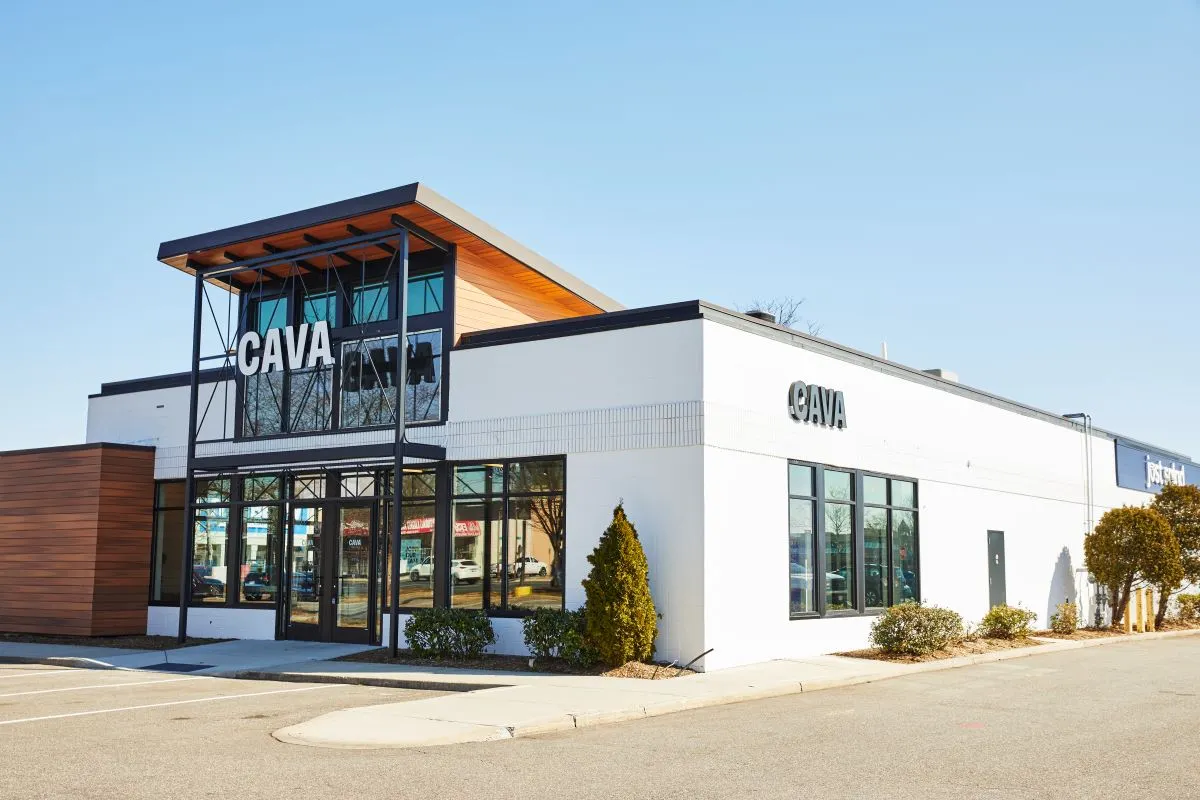
Fast casual is still going to be the hot segment
Fast casual was the sector to beat in 2024, with brands like Wingstop, Chipotle and Shake Shack all seeing strong development. Even legacy chains from outside the sector, like Perkins, are taking stabs at developing fast casual formats. At the sales level, fast casual brands have generally outpaced QSR and casual dining, according to recent earnings calls.
Two of the forces driving fast casual’s success are consumers trading down from casual dining and their willingness to pay for better experiences and better food, Rowe said.
“[Brands] that are getting increased sales aren’t the cheapest. They're the ones that actually have a premium price for a premium experience,” Rowe said.
Customers are looking for cuisines with strong flavors and healthier food, something that fast casual can deliver.
“People's palates are shifting, seeking bolder, more adventurous flavors. At the same time, they're more interested in health and wellness, and they don't want to make sacrifices or have restrictions,” Schulman said.
This has driven the popularity of both Cava’s Mediterranean menu and Chipotle’s bowl-heavy Mexican fare. Potbelly offers a compelling blend of face-to-face interaction and convenience, Wright said
“If you come in and don't order digitally, you're going to get engagement and real, live human beings that are willing to talk to you,” Wright said. “At the same time, you're not going to sit at the table and wait for the next round of service and wait for the check.”

Be aware of shifting health demands
Consumer behaviors and preferences also continue to evolve, with some younger consumers preferring non-alcoholic drinks and more people taking GLP-1 weight loss drugs. This may cause average order values to decrease as some guests purchase fewer add-ons like alcohol and desserts, Solar said.
“For businesses that saw profit margins from 0% to 5%, losing those add-ons has a meaningful impact on their total ability to generate a profit,” Solar said.
Companies are already revising their forecasts down a bit because of a potential impact from people on weight loss drugs eating less, Fernandez said.
Restaurants should take the time to evaluate if they need to adapt their offerings or if their menu is already GLP-1 friendly, Fernandez said. Some brands, like Smoothie King, have already been advertising menus that work well for those taking the weight loss drugs.
“What we're seeing with really great operators is they’re leaning into these trends and finding ways to adapt,” Solar said. “In some cases it's consumer tightness around the wallet, but in other cases, it's just a lack of desire for that thing.”
Restaurants are offering more mocktails than they have in the past, often at price points resembling those for alcoholic drinks, Solar said. Menus also have healthier desserts, like fruit cups or low-calorie ice cream.
“If folks aren't looking right now at menu engineering around these trends, they’re going to continue to feel the squeeze on the [average order value],” Solar said.




